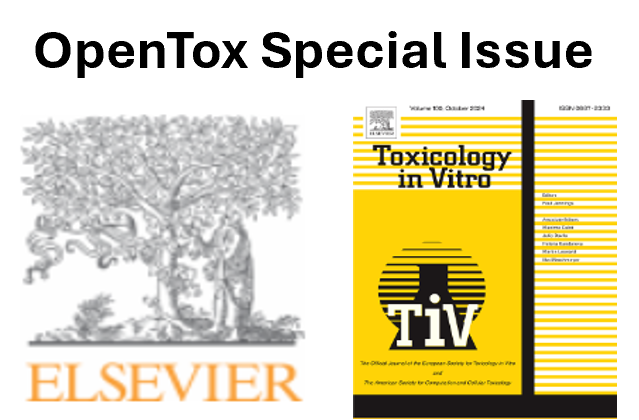Bridging AI and Toxicology: Explainable Methods with TISBE and TIRESIA
Nicola Gambacorta1,2, Maria Vittoria Togo2, Fabrizio Mastrolorito2, Fulvio Ciriaco3, Nicola Amoroso2, Daniela Trisiciuzzi2, Cosimo Damiano Altomare2and Orazio Nicolotti2
1 Division of Medical Genetics, IRCSS Foundation-Casa Sollievo della Sofferenza, San Giovanni Rotondo (Foggia), Italy 2 Department of Pharmacy - Drug Sciences, University of Bari “Aldo Moro”, Bari, Italy
3 Department of Chemistry, University of Bari “Aldo Moro”, Bari, Italy
Robust and reproducible eXplainable Artificial Intelligence (XAI) frameworks have been designed to predict developmental toxicity, a critical and complex human health toxicological endpoint. Given the lack of high quality data and reliable non-animal testing methods, XAI offers a valuable alternative by providing results which are both transparent and interpretable. In this respect, two complementary platforms, TIRESIA1 (Toxicology Intelligence and Regulatory Evaluations for Scientific and Industry Applications) and TISBE2 (TIRESIA Improved on Structure-Based Explainability) have been implemented and made available for free. The CAESAR dataset, comprising 234 chemicals, was used for model training, while two external test sets of 585 chemicals validated the model performance. In parallel, TISBE leverages and expanded the training set up to 1008 chemicals and incorporates a novel consensus classifier with five machine learning models which improved prediction accuracy and reliability. Both frameworks utilize SHAP (SHapley Additive exPlanations) to return insight into the molecular features driving toxicity or safety, thus enabling better regulatory decision making. Compliant with OECD principles for the validation of Quantitative Structure - Activity Relationships (QSARs), the models demonstrate strong performance, particularly in sensitivity (0.984), with TIRESIA and TISBE offering detailed applicability domains to assess prediction uncertainty. These platforms, freely available online, empower users to visualize specific molecular fragments responsible for developmental toxicity, providing a powerful tool for both researchers and regulatory agencies in the field of toxicology. TIRESIA and TISBE are free accessible at https://prometheus.farmacia.uniba.it/tiresia and https://prometheus.farmacia.uniba.it/tisbe.
References
(1) Maria Vittoria Togo, Fabrizio Mastrolorito, Fulvio Ciriaco, Daniela Trisciuzzi, Anna Rita Tondo, Nicola Gambacorta, Loredana Bellantuono, Alfonso Monaco, Francesco Leonetti, Roberto Bellotti, Cosimo Damiano Altomare, Nicola Amoroso, and Orazio Nicolotti. TIRESIA: An eXplainable Artificial Intelligence Platform for Predicting Developmental Toxicity. Journal of Chemical Information and Modeling. 2023. https://doi.org/10.1021/acs.jcim.2c01126
.
(2) Mastrolorito, F.; Togo, M. V.; Gambacorta, N.; Trisciuzzi, D.; Giannuzzi, V.; Bonifazi, F.; Liantonio, A.; Imbrici, P.; De Luca, A.; Altomare, C. D.; Ciriaco, F.; Amoroso, N.; Nicolotti, O. TISBE: A Public Web Platform for the Consensus-Based Explainable Prediction of Developmental Toxicity. Chem. Res. Toxicol. 2024. https://doi.org/10.1021/acs.chemrestox.3c00310.

